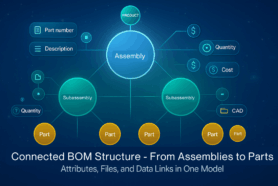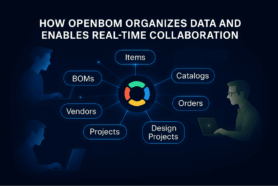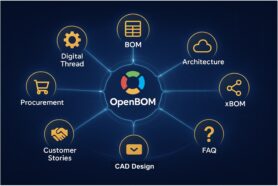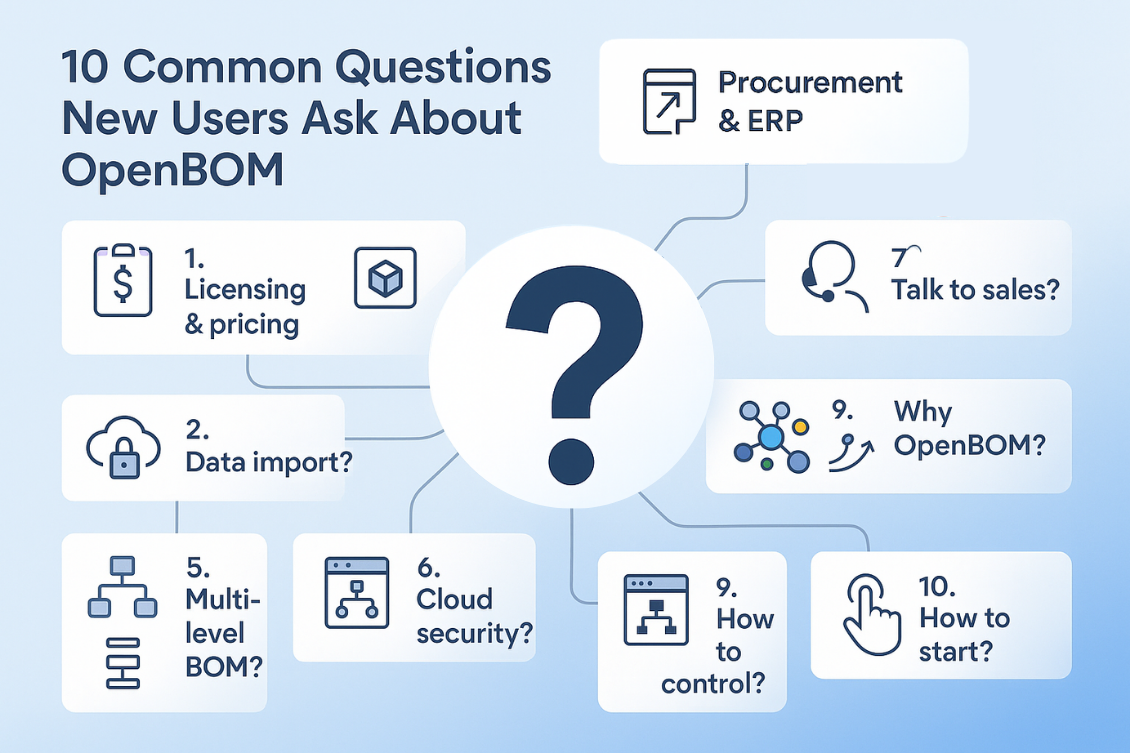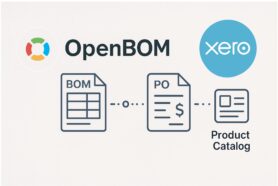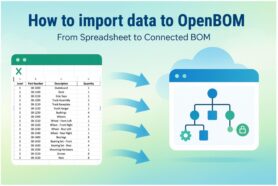
In the complex world of product data management, where dependencies and components intertwine across multiple levels, having the ability to track and analyze these connections is a top priority. With complex product structures and multi-level bill of materials (BOMs) often spanning 20-30 levels down, companies need efficient ways to query data, understand dependencies, and navigate through intricate structures. This is where OpenBOM steps in, continuously evolving to meet the ever-growing demands of modern product lifecycle management (PLM) and supply chain needs.
The latest addition to OpenBOM’s arsenal is the innovative “Where Used for Top Level” function, designed to provide users with a comprehensive overview of top-level product usage within their assemblies. Let’s take a closer look at what this new feature entails and how it can revolutionize the way businesses manage their product data.
Understanding the Need
Traditionally, OpenBOM’s “where used” query offered valuable insights by highlighting immediate upper-level assembly usage. However, as product structures become more complex, a deeper understanding of top-level product usage becomes essential for informed decision-making. Recognizing this need, OpenBOM introduced the “Where Used for Top Level” function, aiming to streamline data analysis and provide users with a holistic view of their product landscape.
Key Features and Benefits
Seamless Functionality: OpenBOM’s new “where used” function with a top-level option simplifies the process of identifying all top-level products effortlessly. With just a simple switch, users can access crucial information without the hassle of manual search efforts.
Time Savings: By automating the process of identifying top-level product usage, OpenBOM saves users valuable time that would otherwise be spent on manual queries. This time-saving feature enhances productivity and allows teams to focus on more strategic tasks.
Enhanced Visualization: When combined with the graph navigation function, the “Where Used for Top Level” feature offers extensive capabilities for visualizing graph relationships. This visualization aspect facilitates a deeper understanding of product dependencies and enables users to make informed decisions with clarity.
Technical Advancements (for my geeks readers): Beyond its user-friendly interface, the implementation of this feature showcases OpenBOM’s utilization of modern data management technologies. Leveraging the Neo4j graph database and Cypher query language, OpenBOM demonstrates its commitment to performance and scalability in handling complex product data.
Video Preview
Watch the following video with a demonstration of a new Where Used Top Level query and UX.
Looking Ahead
As OpenBOM continues to innovate and introduce new features, the possibilities for optimizing product lifecycle management, supply chain operations, analytics, and AI are boundless. The efficiency of new queries unlocked by OpenBOM’s modern data management approach opens doors to a ton of use cases, empowering businesses to navigate through the complexities of product data with ease.
Conclusion
In conclusion, OpenBOM’s “Where Used for Top Level” function represents a significant advancement in the realm of product data management. By providing users with a comprehensive overview of top-level product usage, coupled with enhanced visualization capabilities, OpenBOM equips businesses with the tools they need to make informed decisions and drive efficiency across their operations.
Whether you’re a seasoned professional in the field of product lifecycle management or exploring options to streamline your supply chain processes, OpenBOM offers a solution that is both intuitive and powerful. To experience the full potential of OpenBOM’s features, sign up for a free trial today and embark on a journey towards optimized product data management.
Best regards,
Oleg
Join our newsletter to receive a weekly portion of news, articles, and tips about OpenBOM and our community.


